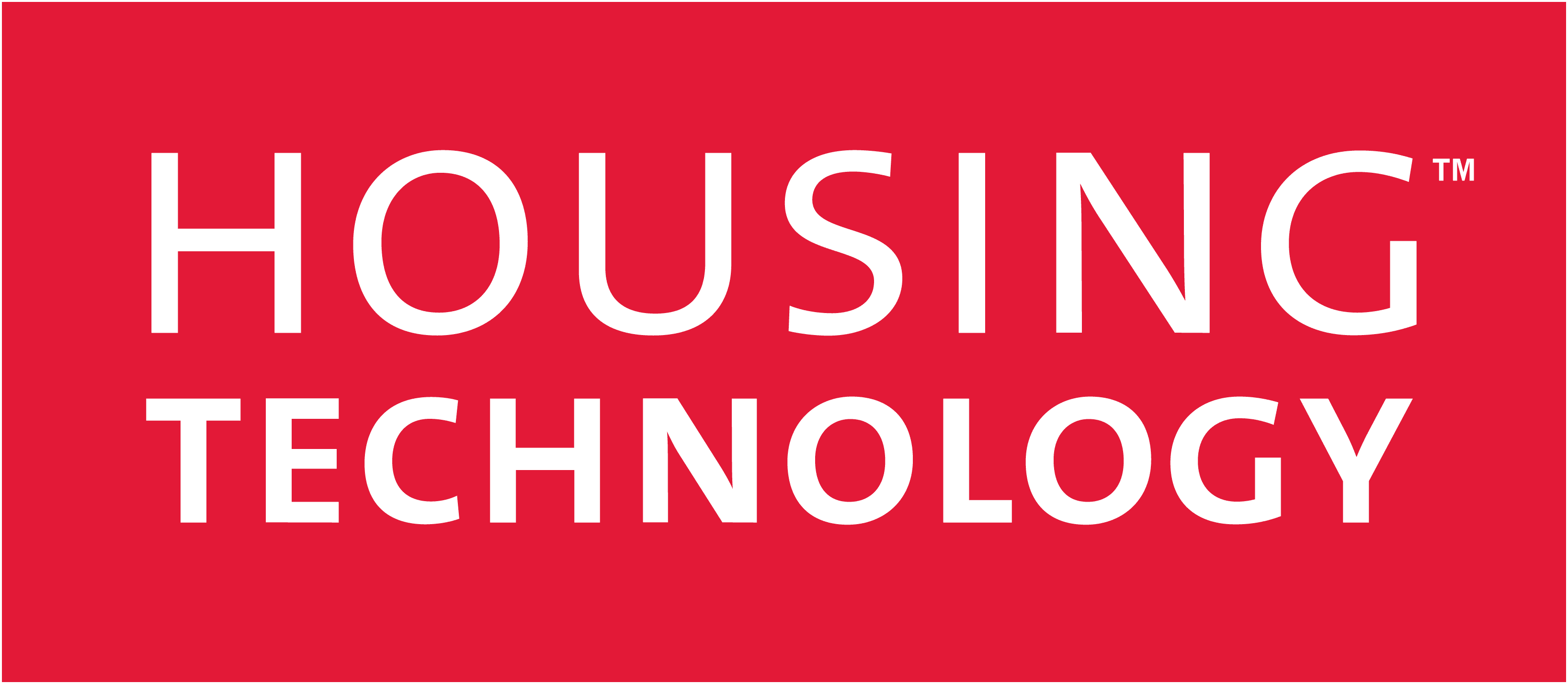We have compiled a very short preview of the results of our forthcoming Housing Technology 2014/15 report; the findings and figures below are general trends based on a first pass of the survey data. The final report will be published next month.
Core housing applications
Among what we would term housing providers’ core business applications, asset management, CRM, housing management, and workflow and EDM are the most likely to be upgraded and replaced within the next six months, while performance management and business intelligence applications are the least likely to be replaced within the next two years.
Other business applications
Moving away from the core applications, housing providers highlighted customer apps, document management, self-service tools for tenants, external social media, survey tools and tenant profiling, and text messaging as the most likely areas for adoption or upgrades. Software and services for BYOD, choice-based lettings, and health and safety were the lowest priorities.
Infrastructure plans
When asked where they planned to make new IT infrastructure investments, business continuity and DR, data management and governance, and mobile services were the most popular areas, while at the other end of the spectrum, outsourcing, shared IT services and XaaS (incl. IaaS, PaaS & SaaS) were the least popular.
IT delivery
The overall split between how housing providers delivery their IT services is approximately 70 per cent on in-house / on-premise delivery and 30 per cent using some sort of external services, with these split fairly equally between outsourced/BPO/managed services, public cloud, and private cloud. A little less than a third of the housing providers were involved in some form of shared services.
Increasing budgets
IT budgets are set to rise by an average of 12 per cent across the sector, although the majority of housing providers will see no changes to their budgets.
In terms of how housing providers allocated and spend their technology budgets, the split is roughly as follows: 40 per cent on maintaining existing technology; 23 per cent on capital spending for new technologies; 19 per cent on operational spending for new technologies; and the remaining 18 per cent on paying off previous ICT projects.


